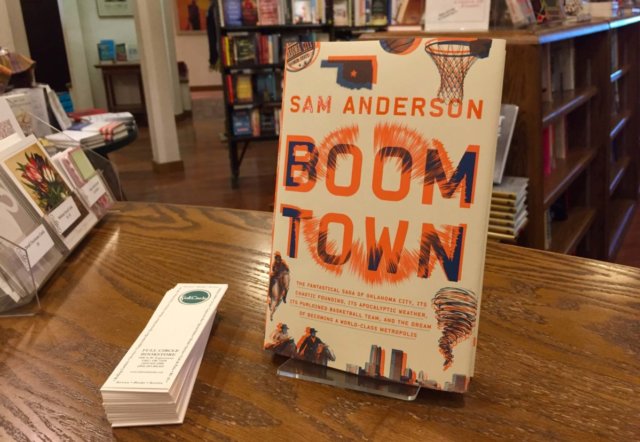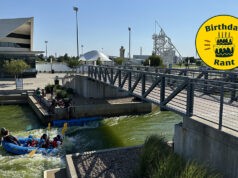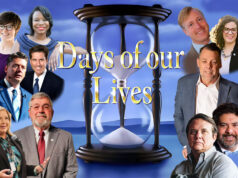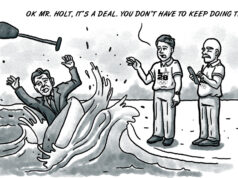
Sam Anderson’s Boom Town (Penguin Random House, 2018) is a fascinating, perplexing book, a mash-up of Oklahoma City history and the doings of the NBA’s Oklahoma City Thunder.
The book’s subtitle suggests that readers fasten their seat belts: “The Fantastical Saga of Oklahoma City, Its Chaotic Founding, Its Apocalyptic Weather, Its Purloined Basketball Team and the Dream of Becoming a World-Class Metropolis.”
The New York Times Magazine sent Anderson to OKC to write a story about the Thunder. The city itself appears to have attracted more of his attention. Indeed, he calls his book a history of the place, but proceeds to write that OKC’s “main job has always been to be ignored,” despite the fact that it is “one of the great weirdo cities of the world,” comparable to Dubai and Pyongyang, among others.
Anderson divides his 62 chapters into five parts, the chapters alternating between topics like James Harden’s whiskers and Oklahoma’s status as a “flyover state.” He is smitten with various personalities, e.g., Wayne Coyne of the Flaming Lips, Roscoe Dunjee and Gary England, as well as Kevin Durant and Russell Westbrook.
To quote the King of Siam, “et cetera, et cetera, et cetera.”
Boom, bust and basketball
Businesspersons and civic leaders will not necessarily like Anderson’s candor. At least one of them has expressed his opinion in The Oklahoman. One suspects that many in the citizenry — those who read, of course — won’t care for Boom Town, either. But anyone living within OKC’s city limits (see Part Two: Size) should read the thing, and the Greater Oklahoma City Chamber of Commerce should acquire the paperback rights, print a few million copies and give them away to people thinking about coming here. It’s probably the best advertising the city has ever seen.
But a note of caution: If you begin on page one and try to read straight through, you might become dazed and perhaps thoroughly confused. The book juggles boom, bust and basketball with bust, basketball and boom.
Rather than go through that, simply open the book anywhere and start reading. When Anderson’s train of thought seems to pass over a wobbly trestle, close the book and repeat the process. It will all make sense in the end.
Or, one might proceed directly to the index and look for places and persons of interest. Anderson helps by differentiating between people with the same name. David Payne, the 19th century Boomer leader, and David Payne, the News 9 weatherman, serve as examples — and both come off rather badly in the brief mentions they receive. (Guess which one is described as “loud and excitable” and a “showman.”)
Something more than a home to catastrophes
Anderson’s Oklahoma City is a wannabe metropolis. It grew horizontally because it could not grow vertically, and its one skyscraper is evidence thereof.
Acquisition of the team that would become the Oklahoma City Thunder was thought by many of Anderson’s informants as something that would offset the effect of the Murrah bombing — something to counter the notion that nobody takes notice of Oklahoma except when some sort of catastrophe has occurred.
Now all the city needs is an NBA championship, leading perhaps to a 63rd chapter in Boom Town’s second edition.





















